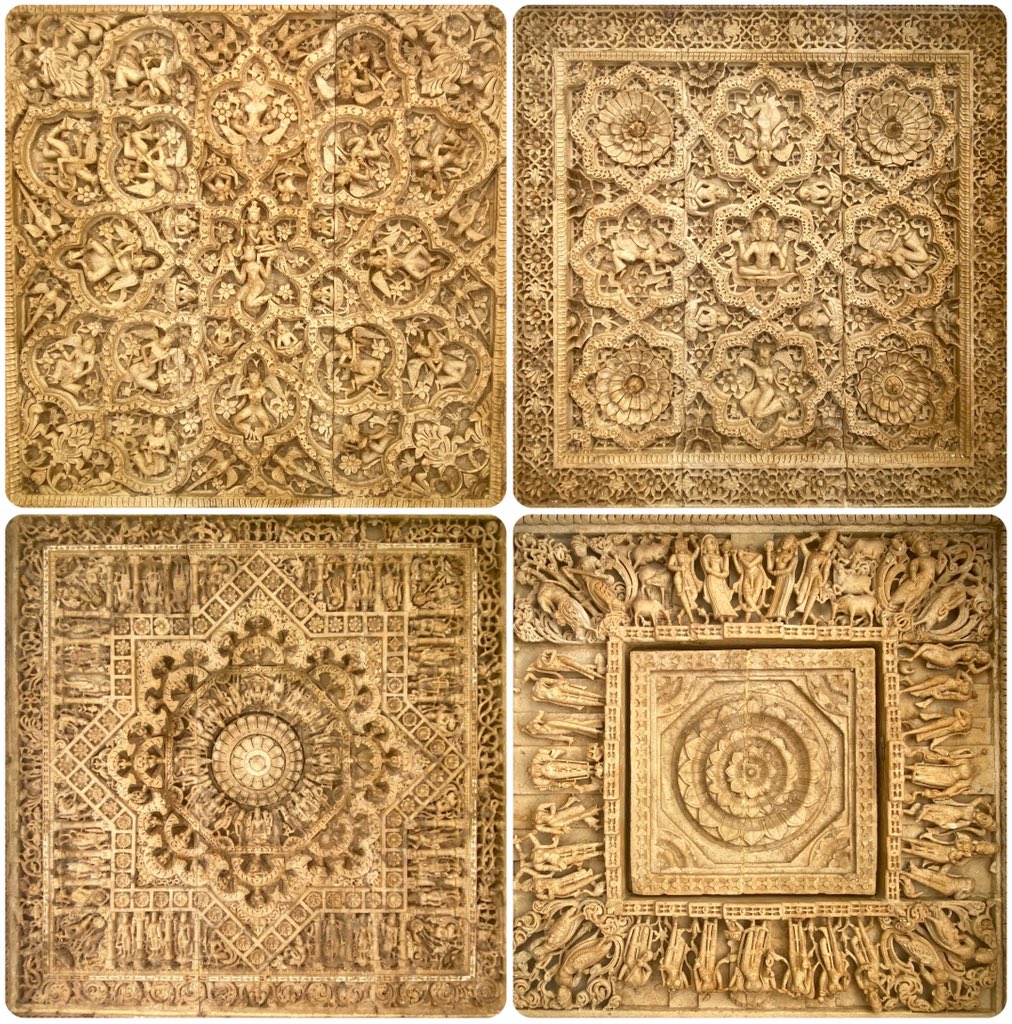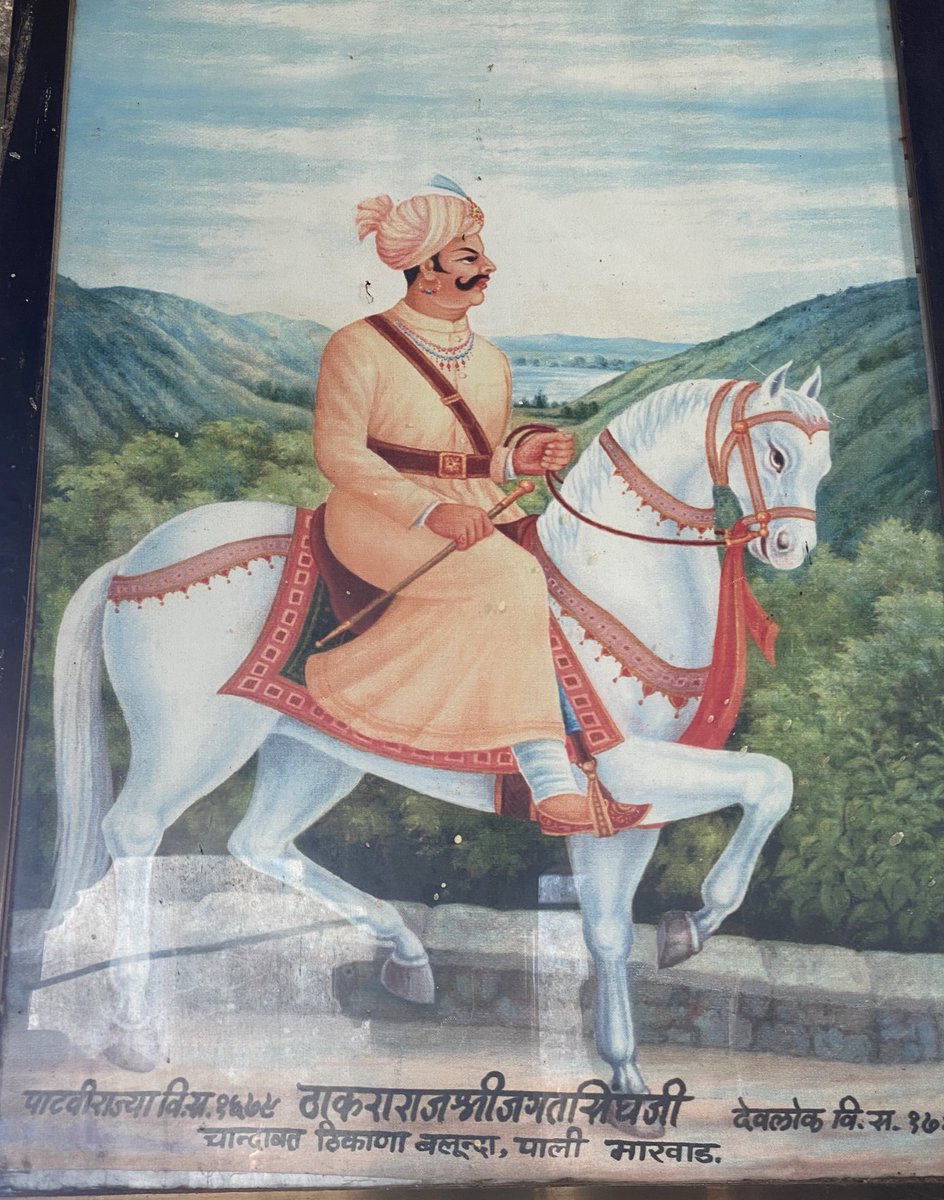Rajsamand Lake, built by Maharana Raj Singh-I, is the result of dam built upon Gomati river. With total cost over 1.5 crore rupees of that time, it is the oldest known relief work in Rajasthan. 

Work started in 1662 AD. Over 60,000 skilled workers were employed. Temporary structures were built nearby, which later became the town of Rajnagar. To make the river bed dry, every available water lifting technique was used.
Pavilion on Nauchauki ghat
Pavilion on Nauchauki ghat

Several chadas, arhat (persian wheels) were setup and water was taken to nearby villages using small canals. Consecration ceremony was held in 1676, in which various charities and donations were given away.
Toran at the ghat
Toran at the ghat

Maharana Raj Singh, his family, his purohit and other nobles performed Tula-daan, weighed themselves in gold and silver. Maharana also performed parikrama around the lake with his retinue.
Nauchauki ghat
Nauchauki ghat

There are 3 beautifully carved pavilions on Nauchauki ghat, with images of various gods, birds and animals with detailed carvings.
One of the pavilion
One of the pavilion

Ceiling of the pavilions are intricately carved with 9 different scenes on ceiling of each pavilion.
Brahma, Vishnu, Mahesh carved on a pavilion ceiling block.
Brahma, Vishnu, Mahesh carved on a pavilion ceiling block.

Nauchauki ghat is also known for the longest and largest stone inscription in Sanskrit, Raj-Prashasti. Inscribed on 25 black marble slabs, it was written by Ranchor Bhatt.
9th slab of Raj-Prashasti
9th slab of Raj-Prashasti

Raj-Prashasti covers history of Mewar and details about construction of Rajsamand lake. Currently all the slabs are covered by wire mesh and iron angles in order to protect them.
3 of the 25 slabs of Raj-Prashasti
3 of the 25 slabs of Raj-Prashasti

Magnificently detailed stone carvings on the pavilions at Rajsamand Lake. One of them shows Garuda carrying Vishnu and Lakshmi, one has Brahma in the middle, another one shows Krishna. 

• • •
Missing some Tweet in this thread? You can try to
force a refresh





















